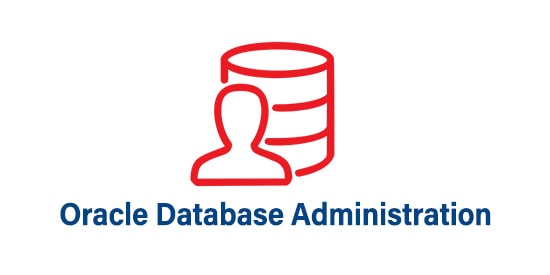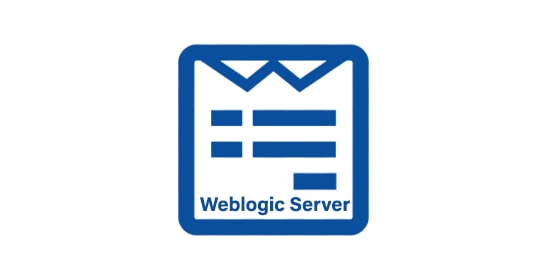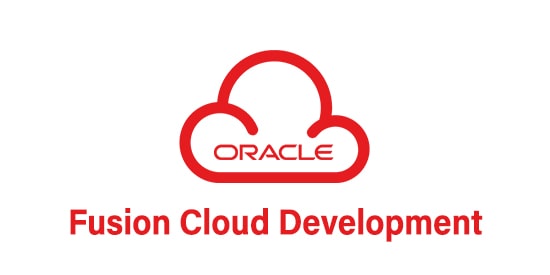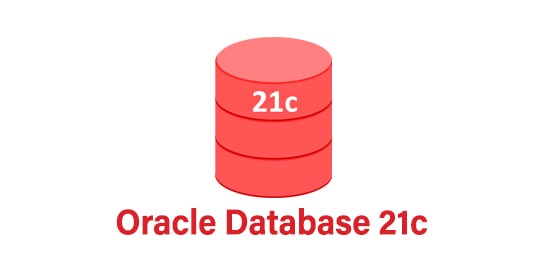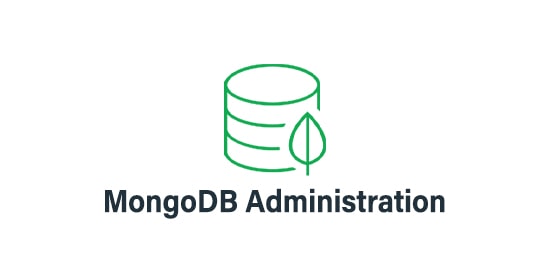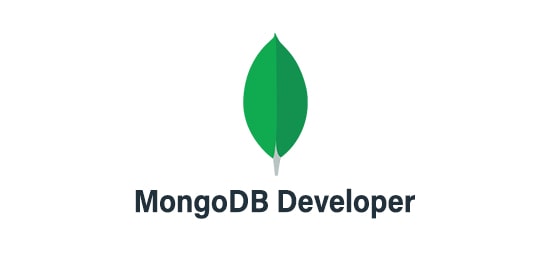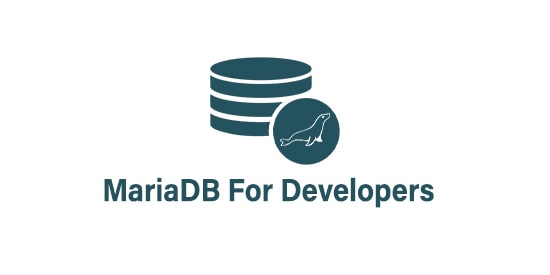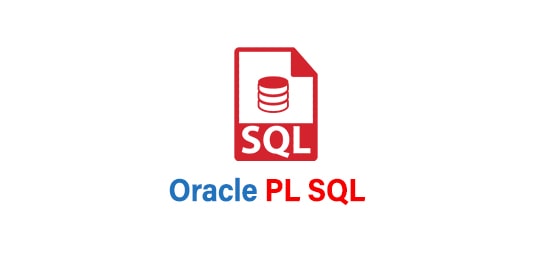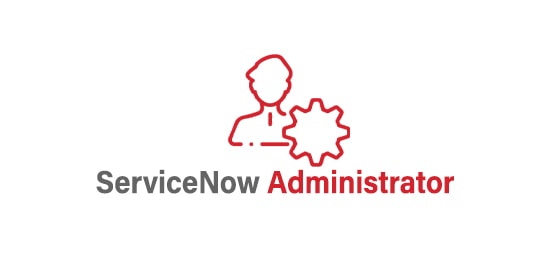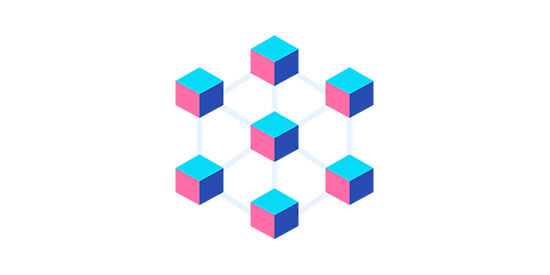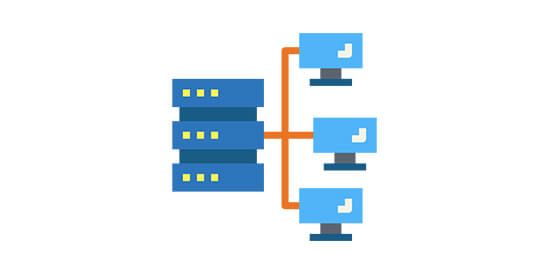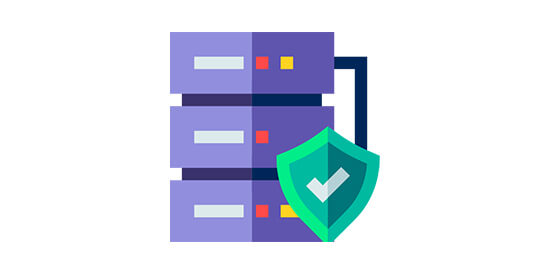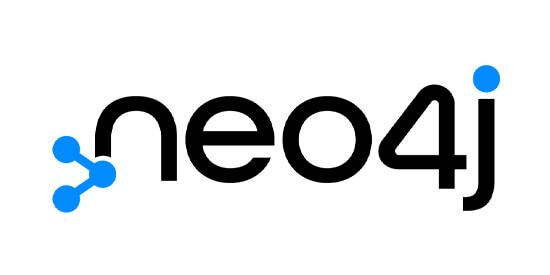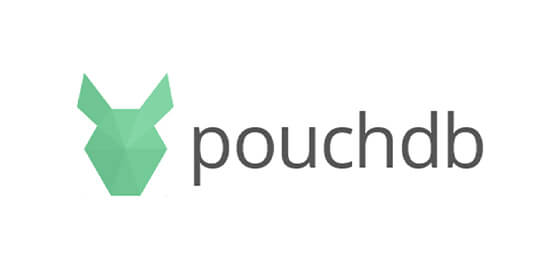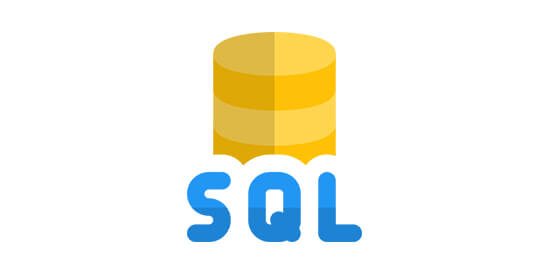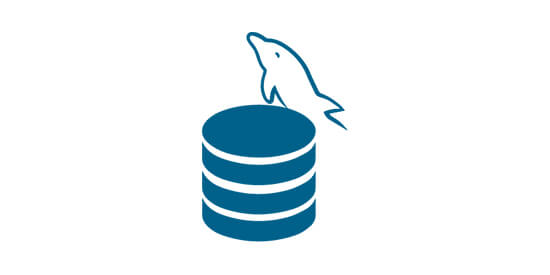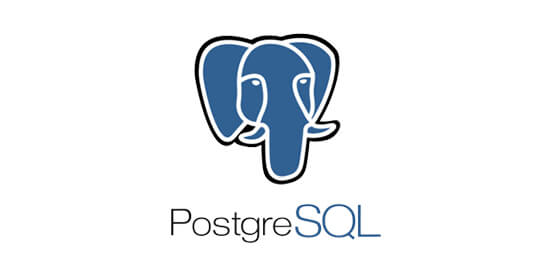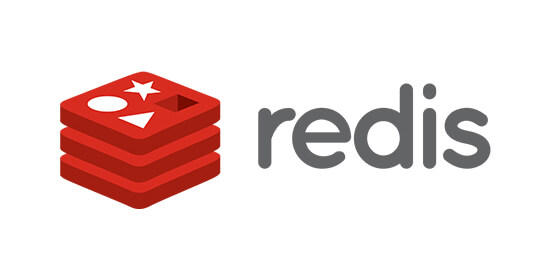OrientDB Training
.jpg)
OrientDB Training Introduction
OrientDB training is a course from QTSInfo in which you will get the knowledge on working with the OrientDB tool. The OrientDB course has been designed in such a way that it will give you full knowledge of OrientDB architecture. You will be able to interact with your data through this architecture. The course is available for everyone whether freshers or experienced professionals. The jobs that you can get after pursuing this course are Machine Learning Engineer, Software Engineer, Blackened Developer, and many more.
Course Overview
OrientDB is a multi-model database that consists of much flexibility and power. You will learn the installation and configuration of the tool. After that, you will be taught about creating a database and other components of the database like tables, views, indexes, triggers, etc. You will also be able to make graph data models and document data models. The course curriculum has been developed by our expert trainer and it will consist of all the topics that are in the current industry trend. Facilities like the tutorial, mock test, mock interview, job placement are also available.
OrientDB Certification Key features
- Learn the process of developing a database and its components
- Know about OrientDB architecture
- Get OrientDB tutorials for beginners.
- Our instructors will support you 24/7
- Get the facilities of mock tests and mock interviews
- A resume preparation facility is available.
Who should take the course
This OrientDB certification has been designed for people who want to make a career in the field of NoSQL databases. Developers who are already familiar with relational databases can do the course. Freshers who want to make a career in the field of databases are also eligible for the course.
Top Hiring Company

Industry Trends

Course curriculum / Syllabus
- Training goals
- Intended audience
- Course agenda
- About certification
- Extension of core OrientDB demonstration database
- Key objects
- Exercise and quiz summary
- Index-free adjacency
- Vertices
- Edges
- Graph navigation
- Graph
- Document
- Embedded
- Client/server
- Storage models
- Disk persistence
- In-memory processing
- Clustering
- Relationships
- Indexing
- Caching
- Transactions
- Schema-full
- Schema-less
- Hybrid
- Base classes
- Attributes
- Properties
- Inheritance
- One-to-one
- One-to-many
- Many-to-many
- Embedded
- Referenced
- Terminology across RDBMS, document databases, and OrientDB
- Document collections
- Identifying a document
- Documents and schema
- Relationships
- Terminology across RDBMS, graph databases, and OrientDB
- Base classes
- Vertices
- Edges
- Lightweight vs. standard edges
- Graphs and schema
- Relationships
- User stories
- Defining major artifacts
- Testing model with sample queries
- Adjusting the model
- Dealing with application changes
- Planning for data fluctuations
- Maintaining information and code integrity
- OrientDB
- TinkerPop/Blueprints
- Choosing the optimal API
- OrientDB Object Model
- Connection options
- Browsing classes
- Querying metadata
- Error handling
- Standards
- Enhancements
- Major data types
- Record ids
- Defining classes
- Extending base classes
- Linking documents
- Linking vertices
- Working with binary data
- Browsing classes
- Querying metadata
- Working across the graph
- SELECT, MATCH, and TRAVERSE
- MATCH shorthand
- Sorting and aggregation
- Expanding results
- Making the most of fetch plans
- Defining effective indexes
- Filtering using indexes
- Unique indexes
- Composite indexes
- Querying against indexes
- Single values
- Multiple values
- Version control
- Schema-less updates
- Removing properties from a class
- Deleting single records
- Maintaining data integrity
- Dropping classes
- Concurrency
- Transactions
- Comparison with RDBMS stored procedures
- Examples
- Interacting with the database API
- Accessing Java packages
- Developing functions and methods
- Comparison with RDBMS triggers
- Custom cascading deletes
- Implementing algorithms
- Enforcing constraints
OrientDB Training FAQ’s:
Our organization is associated with many companies that need professionals. We will organize interviews so that you can be selected by a reputable organization.
OrientDB training will introduce you to the different concepts of OrientDB and after completing this course you can get a job as a database developer.
Yes, we will conduct a mock interview to help you in your job placement.
Yes! Sample course materials will be provided to you.
As a reference, you can check out OrientDB tutorials or OrientDB pdf tutorials.
Enquire Now
Related Courses
Why QTS INFO
Best Virtual training classrooms for IT aspirants
Real time curriculum with job oriented training.
Around the clock assistance
We are eager to solve your queries 24*7 with help of our expert faculty.
Flexible Timings
Choose your schedule as per your convenience. No need to delay your work
Mock projects
Real world project samples for practical sessions

